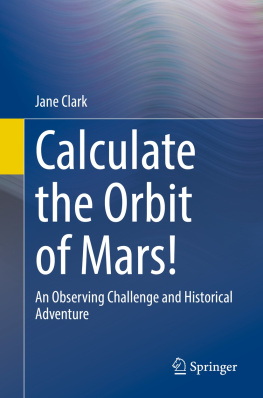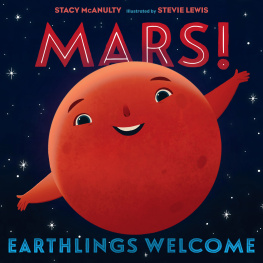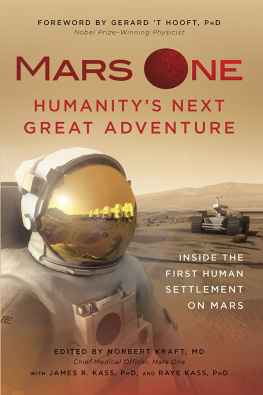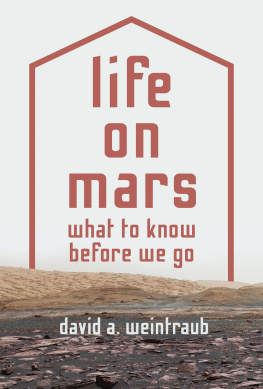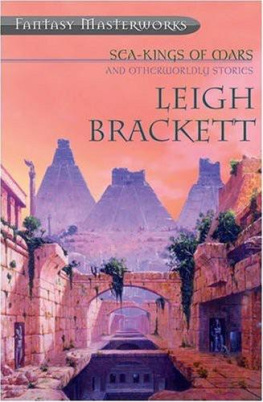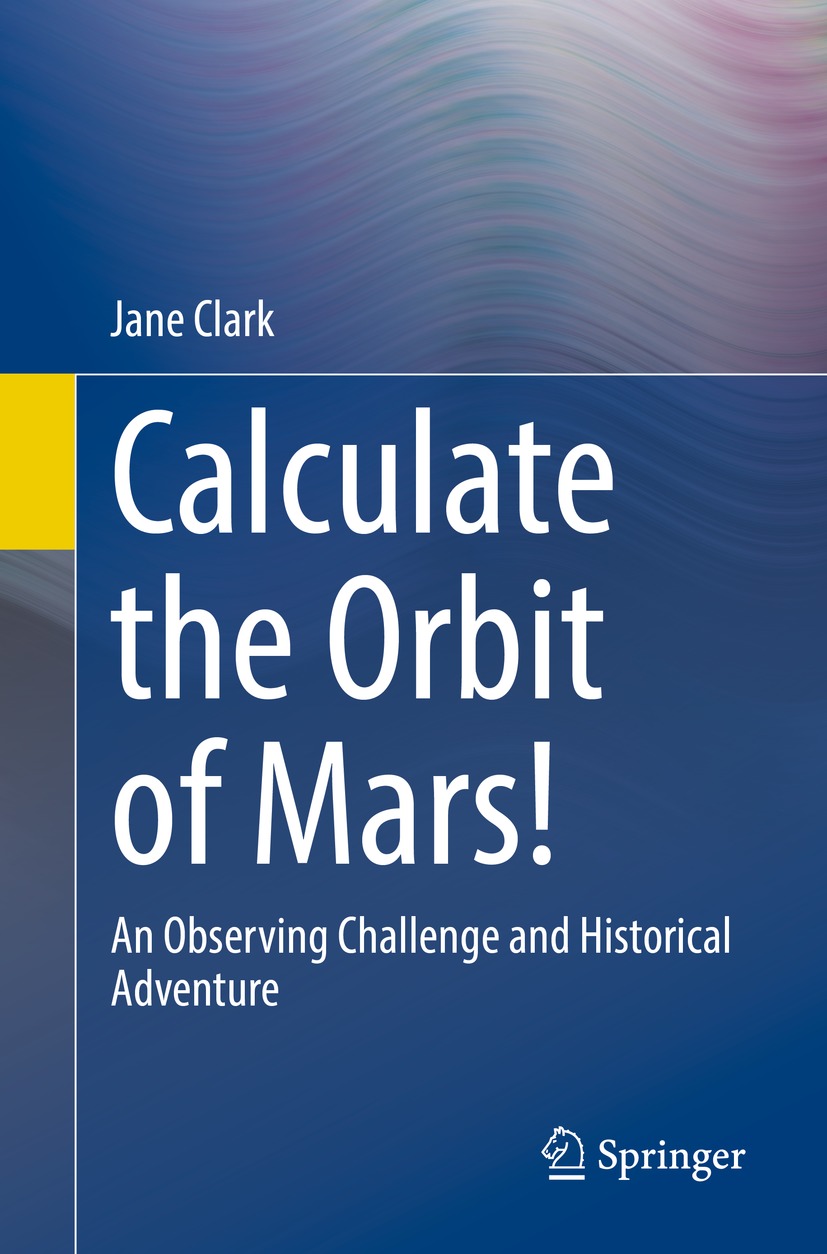Jane Clark
Cardiff Astronomical Society, Risca, UK
ISBN 978-3-030-78266-5 e-ISBN 978-3-030-78267-2
https://doi.org/10.1007/978-3-030-78267-2
Springer Nature Switzerland AG 2021
This work is subject to copyright. All rights are reserved by the Publisher, whether the whole or part of the material is concerned, specifically the rights of translation, reprinting, reuse of illustrations, recitation, broadcasting, reproduction on microfilms or in any other physical way, and transmission or information storage and retrieval, electronic adaptation, computer software, or by similar or dissimilar methodology now known or hereafter developed.
The use of general descriptive names, registered names, trademarks, service marks, etc. in this publication does not imply, even in the absence of a specific statement, that such names are exempt from the relevant protective laws and regulations and therefore free for general use.
The publisher, the authors and the editors are safe to assume that the advice and information in this book are believed to be true and accurate at the date of publication. Neither the publisher nor the authors or the editors give a warranty, expressed or implied, with respect to the material contained herein or for any errors or omissions that may have been made. The publisher remains neutral with regard to jurisdictional claims in published maps and institutional affiliations.
This Springer imprint is published by the registered company Springer Nature Switzerland AG
The registered company address is: Gewerbestrasse 11, 6330 Cham, Switzerland
Preface
Twelve years ago, I wrote a book [1] in Springers Patrick Moores Practical Astronomy Series entitled Measure Solar System Objects and their Movements for Yourself!, in which I worked out some planetary orbits assuming that these orbits, and that of the Earth, were coplanar circles. I deliberately made that restriction to keep the mathematical difficulty to approximately that of college freshman mathematics for science and engineering students. I didnt use much calculus and used almost no vectors at all.
Of course, I was well aware that this simplifying assumption had its limits. In particular, I was not satisfied with my orbital parameters for Mars, because the Red Planet has quite a noticeably elliptical orbit with an eccentricity of almost 0.1. I now believe I got lucky: my simple method didnt work for data from later years.
I quickly discovered methods for deducing the orbits of comets and asteroids, which work so long as they have a decent inclination to the ecliptic, the plane of the orbit of the Earth. Every single one of these methods fails when the celestial body orbits in almost the same plane as the Earth, as the planets do.
So, I hit a brick wall.
Meanwhile I was slowly gathering photographic position data on planets
Life also got in the way. For me 2010 was one of those disastrous years when my business and my marriage both hit the rocks. I ended up moving From Kings Lynn in Norfolk, England, to Bristol on the other side of the country to begin a new job. Difficulty selling a house in the recession, plus the need for some major surgery, meant that I was in a rented house in Bristol for 5 years. In late 2015, I bought a house 34 miles from my Bristol office in Risca, across the border in Wales. The house was what real estate agents politely call a project: it did not even have a kitchen. I gathered no data for the Mars opposition of 2016 because I had to get my house fixed up.
At this point John Watson of Springer asked me if I had any ideas for a book. Funny you should ask, I replied, I have this idea for a project to analyse the orbit of Mars. Thus, the project was born.
By the time of Mars apparition of 2018, I had built an observatory, but unfortunately my mother unexpectedly died that summer after a short illness, and I was too shocked to attempt any astronomy. So, I got no data then either.
In 2019 I began to get my observatory to work well. The money from my parents estate did not go amiss I upgraded to an 11 SCT telescope and bought a Celestron CGX mount, which proved to be a massive improvement on its predecessor. Thus, by 2020, I was well positioned to collect another dataset for Mars apparition.
But what about that brick wall I had hit with the analysis? I made pretty good progress in 2019, but still didnt have a method. The next bit of life that got in the way was the Covid pandemic. My pandemic fortunes were mixed. On the one hand I managed to pick up long Covid, and was plagued by fatigue. Sometimes I still am. But two pieces of good luck came my way. First, I now work from home, so Im not losing 2 hours a day to commuting. Second, what else was there to do? Astronomy has been the perfect lockdown hobby.
While dealing with the data analysis problem, I coined a word, for an activity which produced a combination of fascination and exasperation: I called it exasprinating. Eventually my persistence paid off, and I got a method to work. Fortunately for you, dear reader, explaining the method is much, much easier than finding it and making it work with no help was.
It is my strict policy to spell out all my mathematical working and to try to leave nothing as an exercise for the reader. That way, I hope you will experience more fascination and less exasperation than I had to put up with.
It proved to be impossible to make all the chapters self-contained. You will need Chap. if you have forgotten, or never knew, about rotation matrices.
I have assumed that the reader is a scientist, engineer or mathematician, and knows something about calculus and vectors and trigonometry No doubt you may have forgotten much of it. Recalling half-forgotten material may cause some short-term pain. Please dont expect to pick this book up and read it like a novel. You will need a pencil and paper. Please expect to have to put it down and think from time to time. In emergencies, there are plenty of inexpensive mathematics textbooks from which to revise.
The history of the orbit of Mars is worth telling because in order to provide convincing solutions, the natural philosophers of the Renaissance had to invent both physics and calculus. An English newspaper editor once said that while comment is free, facts are sacred [2]. I have tried to stick to this principle. For example, as a teeneager, I was much impressed by Arthur Koestlers book [3] covering much the same history. Even at that tender eage, I had an uneasy feeling that, for this author, facts might be subordinate to the quality of the yarn he spun. I have tried to provide a reference for every factual claim I make.
The rate-determining step in astronomical progress has always been our ability to observe, not our cleverness at theorizing. A combination of Tychos positional data and Galileos telescopes did for the ancients view of the universe. The same thing happened with Hubbles observations of the distances to galaxies and the redshift. Without those insights, the theorists could have debated until the cows come home.

